What’s going on, guys? Billy here, and if you look at both of these drones side by side—the DJI Mini 3 Pro and the DJI Mini 4 Pro—you’d think that they’re the same drone, but there are more differences than you’d expect. Even though this drone is a significant upgrade, especially under the hood, I’m not so sure if DJI Mini 3 Pro owners should be rushing out to replace the drone they already have.
Comparing the DJI Mini 4 Pro and Mini 3 Pro Camera Drones
Now, if you instead have a DJI Mavic Mini or the DJI Mini 2, this would be a great upgrade to keep you in the mini drone category. So, in this video, I want to review all the differences between the Mini 3 Pro and the Mini 4 Pro to determine if it’s worth the upgrade.
This is a full list of the upgrades introduced with the Mini 4 Pro, and just for comparison’s sake, I also want to include the upgrades that were made from the Mini 2 to the Mini 3 Pro.

The previous upgrade was massive, as it added many core functions to the drone, like optical avoidance, a much better camera, a gimbal that could rotate the camera to shoot in a vertical aspect ratio, a remote with a built-in screen, and plenty of other improvements.

The Mini 4 Pro, however, is more of a refinement of the previous generation of the drone because, let’s be real, the Mini 3 Pro was already strong in many different areas. Omnidirectional Obstacle Avoidance means that the major updates came through software.
Improved Obstacle Avoidance
The significant hardware change was the addition of the improved obstacle avoidance system, but these sensors now allow us to access features that were once only found on DJI’s larger, higher-end drones. This will make more sense as we dive deeper into the changes, one by one.

There are also a few other minor hardware changes that the Mini 4 Pro introduced, like adding these front legs to stabilize the drone better when sitting on the ground.
These were first introduced on the standard version of the Mini 3, but the Mini 3 Pro sat on smaller nubs on the underside of the drone, which, design-wise, looked cool but was wobbly on the ground.

These legs also house some new antennas, but we’ll discuss the transmission system soon.
The vents towards the backside of the drone are also a bit larger on the Mini 4 Pro, which I believe improves airflow. This drone lacks an internal fan for cooling, so it relies on airflow while flying to cool the internals.

One thing to note is that even though the Mini 4 Pro and Mini 3 Pro have the exact same camera, your ND Filters purchased for the Mini 3 Pro will not work on the Mini 4 Pro.
Different ND Filters Needed For The DJI Mini 4 Pro
The locking mechanism for the filters is different, rendering your old ND filters useless with this drone. Some people have invested a lot in filters, but I wouldn’t make this a deal-breaker.

You only need a couple of ND filters, and you can find a good set on Amazon for a reasonable price.
Finally, DJI has managed to fit a little auxiliary LED on the underside of the drone, which is pretty impressive considering the weight limitation.

This helps with spotting the drone when flying at night and assists the drone in low-light scenarios for a soft landing. I also love using these little LED lights for creative lighting when taking photos; they act as portable key lights.
The body style between both of these drones is very similar, making this more of an iterative upgrade rather than a massive generational one, unlike the difference between the Mini 2 and Mini 3 Pro, which was a significant jump.
With this drone, they’ve made small improvements in important areas like obstacle avoidance sensors and the auxiliary LED, but I still love the design of this drone.
Comparing The Cameras On These Mini Drones
Now, let’s move on to the camera. This is the second portion of our video, and this is where we begin to see the software improvements made by DJI in the Mini 4 Pro.

Spec-wise, DJI squeezed out some more capabilities from this camera, but personally, I don’t think these improvements are all that special. With an identical sensor size, megapixel count, maximum resolution, and bit rate, the upgrades made don’t make this camera fundamentally better.

However, what does make the Mini 4 Pro’s camera better than the Mini 3 Pro’s is the improved dynamic range, which isn’t mentioned on the spec sheet. Dynamic range was one of the most annoying things about the 3 Pro for me.
I always felt like if I exposed for the shadows, the highlights were blown out, and vice versa. This is especially problematic during winter when the sun angle is low, causing harsh shadows from buildings and trees.

I recently went out to collect some sample photos and videos for a side-by-side comparison, but with overcast conditions, you can’t see the dynamic range difference I mentioned earlier.

Image quality is also similar between both sets of photos and videos, but remember that the camera isn’t the big change with this drone. All the essential specs remain unchanged, leading to a similar shooting experience.
The last examples I’ll show are random shots from different places using both of these drones. When you put the spec sheet away and don’t directly compare these cameras side by side, you’d probably have a hard time telling the difference without labels on the screen.

The shooting experience between these cameras is similar, with the rotating camera for shooting vertical video and portrait photos. These images from both drones look great. I’ve used both the Mini 3 Pro and Mini 4 Pro for personal and client work, taking photos and videos of construction sites and homes for sale.
These little cameras punch above their weight class, delivering results that look like they were taken with a much higher-end drone.
Okay, I feel like we’ve discussed the camera too much considering the minor differences between the Mini 3 Pro and the Mini 4 Pro. But these are camera drones, and the camera is a crucial part. If you plan to upgrade from the Mini 3 Pro to the Mini 4 Pro, keep in mind that there isn’t a significant difference in the camera.
So, don’t make this the main reason to upgrade. Now, before we get into the main reasons why you should upgrade, such as the different software features and the new transmission system.
DJI O3 vs. O4 Transmission System
One of the big reasons that could warrant an upgrade is the transmission system, which gives the Mini 4 Pro a significant edge over the Mini 3 Pro.
The new O4 transmission system provides more range, but more importantly, it improves the signal at close distances. With four onboard antennas on the drone, this is a substantial upgrade from the Mini 3‘s dual antennas.

I can never understand how DJI continues to improve their transmission system from one drone release to another; it just keeps getting better. In this latest iteration, moving from O3 in the older drones like the Mini 3 Pro to O4 in their next-generation drones makes a big difference in your overall flight experience.
The significant change comes from the new antennas on this drone. Now, we have four total antennas on the drone and six total antennas on the remote controllers (RCN2 and RC2).
While you might not notice a big difference in a vacuum, flying these drones back to back, trying to capture sample photos and videos, reveals a substantial improvement.
For example, when flying 1,200 feet away, I experienced a little bit of breakup with O3 on the Mini 3 Pro, whereas with O4 on the Mini 4 Pro, it was flawless.
I mention in almost every video that the transmission system is essential because it greatly affects the overall flight experience. If your drone’s signal breaks up when flying at a distance, it results in a poor flight experience.
Therefore, whenever there’s an upgrade in the transmission system, it’s usually worth considering because it enhances the overall flight experience.
New Features (AR Tools, Waypoints, & Cruise Control)
The Mini 4 Pro is filled with new features, some of which are a result of the new omnidirectional obstacle avoidance system. These new features alone make it a more powerful and capable drone than the Mini 3 Pro. These features include AR tools, an upgraded Active Track system, Waypoints, and Cruise Control.
The AR tools, in my opinion, are very helpful. Being able to see the home point on your live feed and the drone’s route when returning home improves situational awareness without being annoying or distracting. This feature could have been added via a Firmware Update to DJI’s older drones like the DJI Mini 3 Pro, but it seems DJI wants to keep it exclusive to their newer drones to incentivize upgrades.

With the improved camera hardware and omnidirectional obstacle avoidance, we can now take advantage of enhanced autonomous flight modes, including the improved active track system, waypoints, and cruise control.
While you could argue that the Mini 3 Pro could handle these features with its existing obstacle avoidance system, it becomes clear that DJI intends to reserve these highly autonomous features for drones with omnidirectional obstacle avoidance.

Thus, the Mavic 3, Air 3, and Mini 4 Pro are the ones benefiting from these autonomous flight modes.
In my experience using Active Track on different drones, I was very impressed with how well the Mini 3 Pro could avoid obstacles with just the forward and backward sensors.
However, the new Touch Trace interface on the Mini 4 Pro is a game-changer. Not only can you tell the drone which way to follow you but also dynamically change its positions and distances mid-flight. This is a feature even higher-end drones like the Air 3 or Mavic 3 can’t replicate.

Waypoints, on the other hand, is a feature available across DJI’s entire drone lineup. This feature was missing from DJI drones for a while but has now made a return.
Waypoints are excellent for repeating pre-planned missions and capturing complex shots with the push of a button. It’s particularly useful for tasks like taking photos and videos at construction sites or for real estate listings.

While the Mavic 3 received this feature through a firmware update, it was initially exclusive to that series due to the upgraded obstacle avoidance system.
Cruise control is another handy feature for flying from point A to point B without having to constantly adjust the stick when flying your drone potentially thousands of feet away.
However, it’s important to note that when the drone is moving sideways, it could enter a blind spot and potentially crash. So, while these features may not appear to bring significant changes on the surface, they do add considerable capabilities to the Mini 4 Pro.

Final Thoughts on the DJI Mini 3 Pro vs. Mini 4 Pro Comparison
On the surface, you might not see as significant changes from the Mini 3 Pro to the Mini 4 Pro as we saw from the DJI Mini 2 to the DJI Mini 3 Pro.
However, under the hood, there are more differences than you’d expect. All the features we’ve covered make this drone much more powerful, and the upgrades genuinely improve it in the right areas.
The airframe and camera on this drone are already excellent, making it challenging to envision how it could be further improved. With the ability to capture 48-megapixel photos and 4K video at 60 frames per second, along with improved dynamic range, this is a fantastic all-around drone.
The Mini 4 Pro has become more powerful, and it leaves us wondering what the DJI Mini 5 Pro could bring. It’s hard to imagine what more they can do to enhance this drone, but I’m sure they’ll find a way to offer something even better in a year from now.
Thank you so much for watching. Please share your thoughts on the Mini 4 Pro versus the Mini 3 Pro in the comments section below. And as always, I’ll talk to you later. Peace.
Photo credits: Billy Kyle

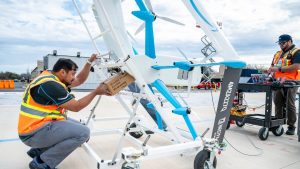
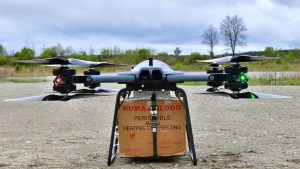

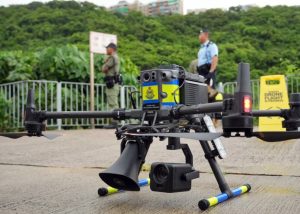
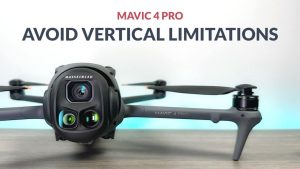
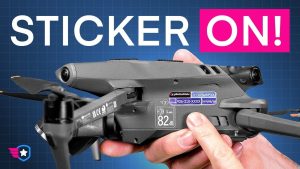
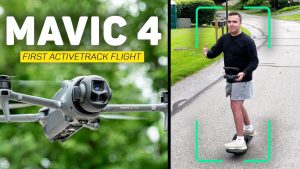

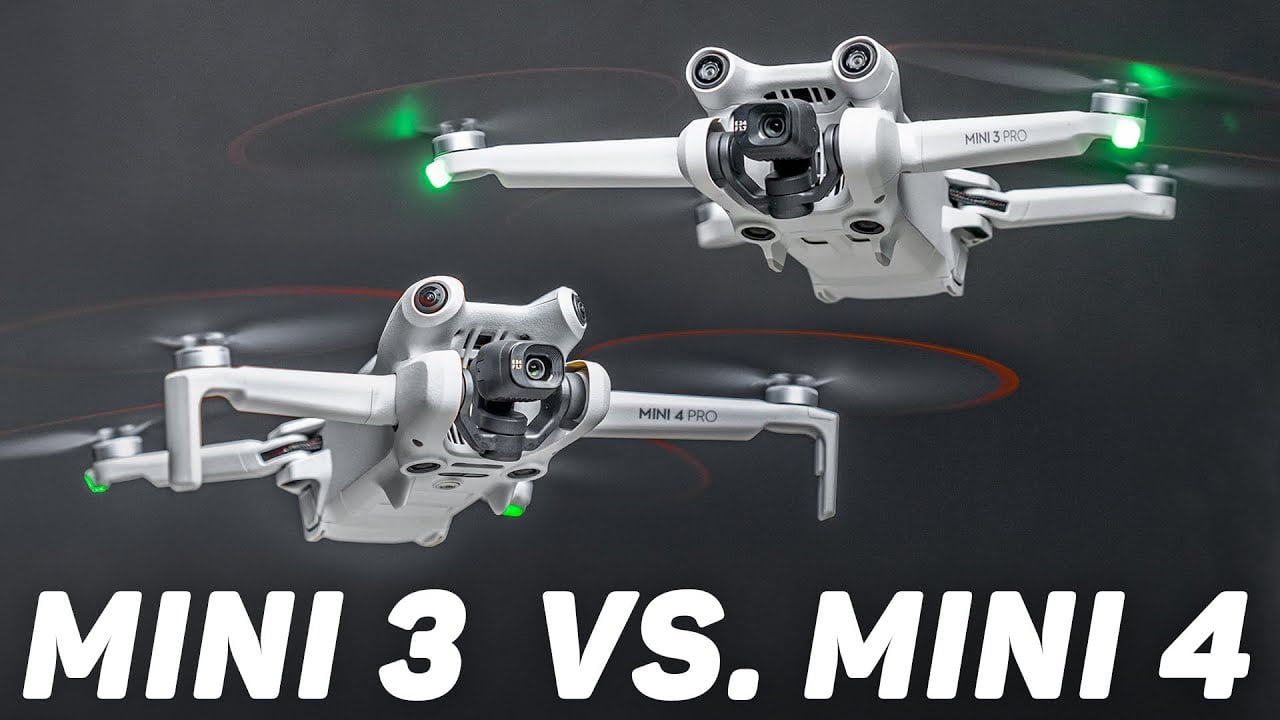

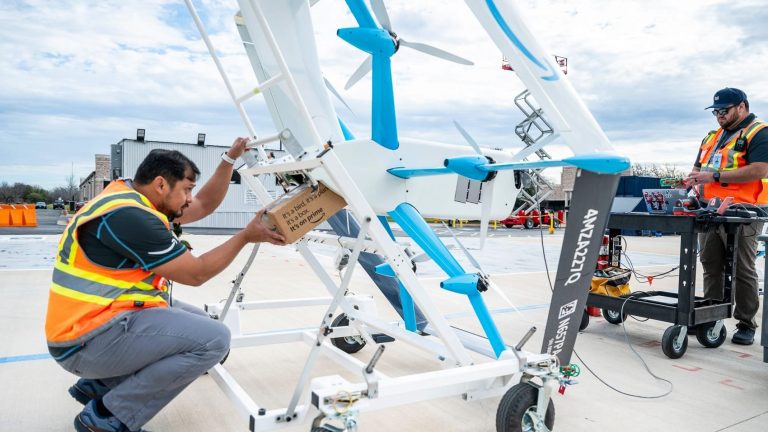

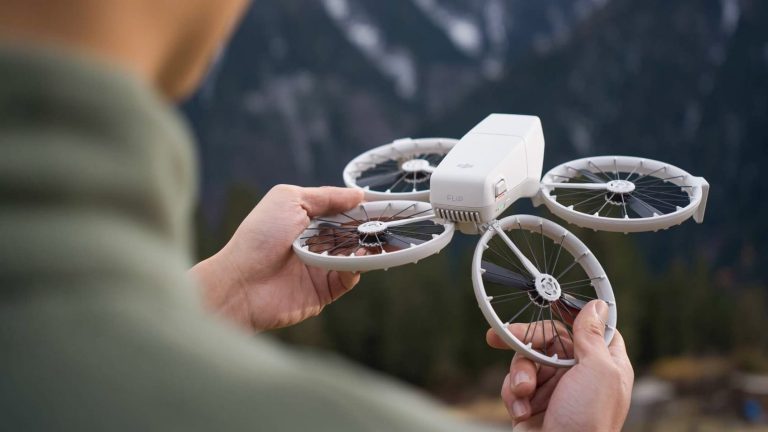
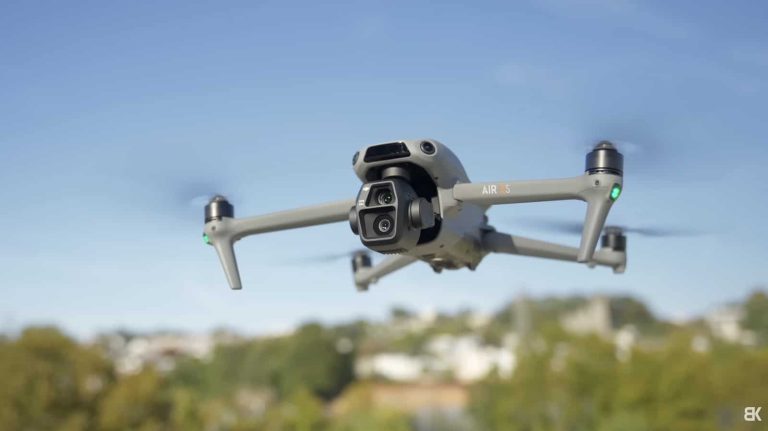
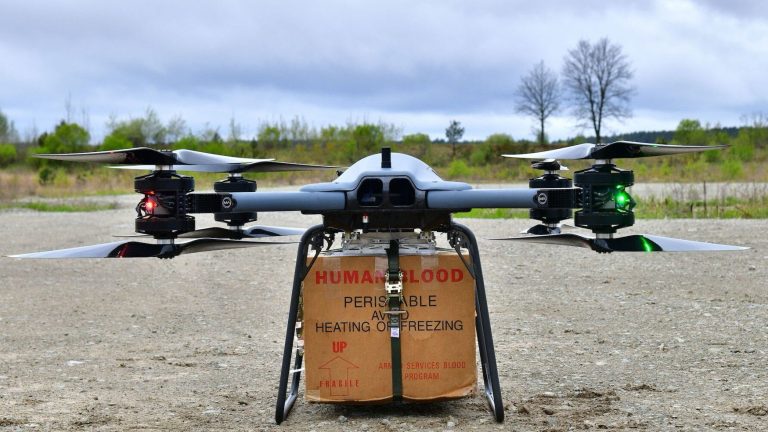


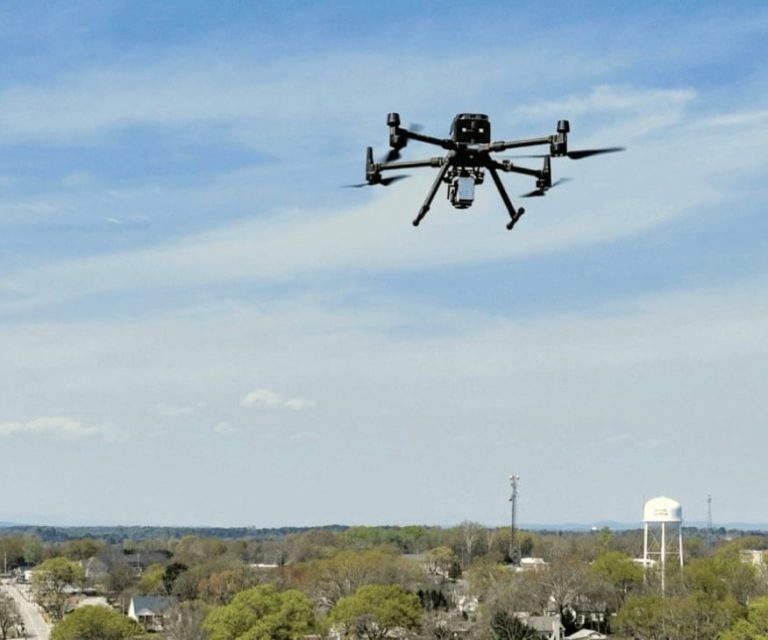
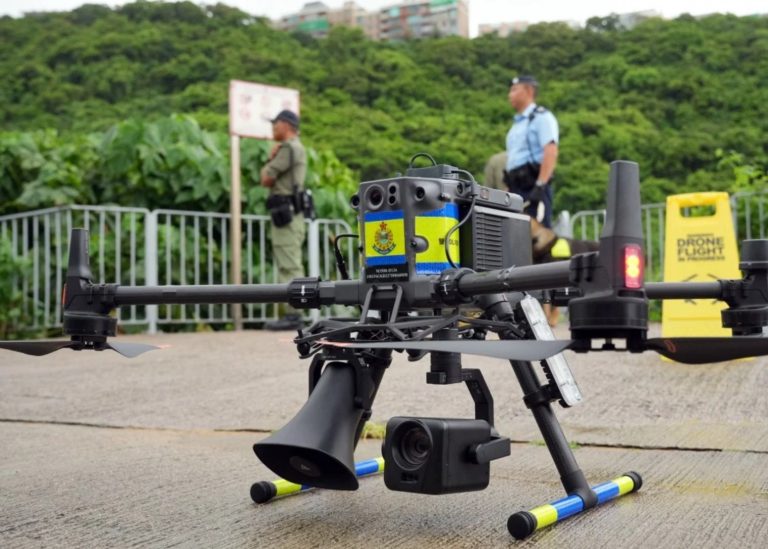
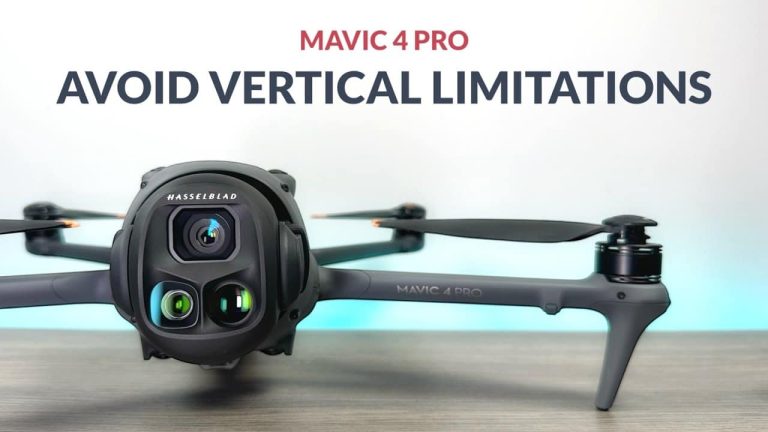
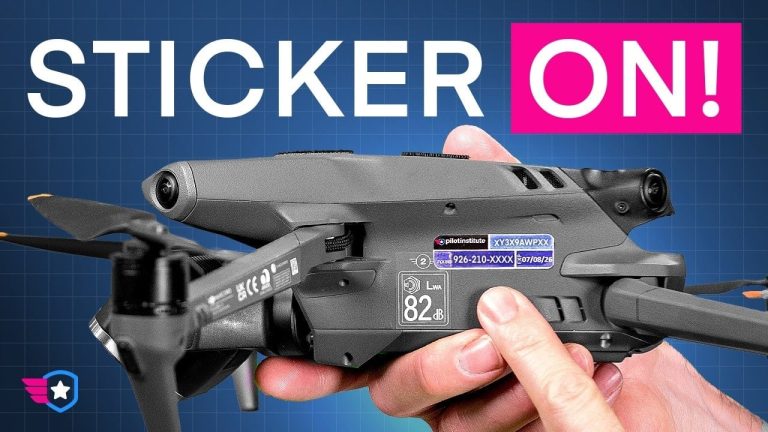
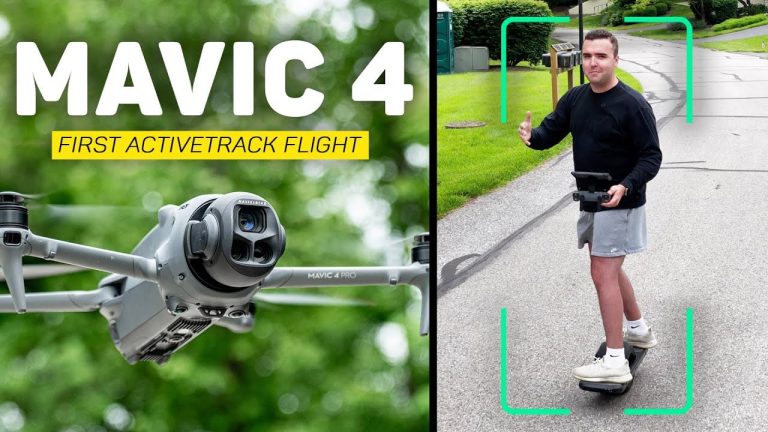
+ There are no comments
Add yours